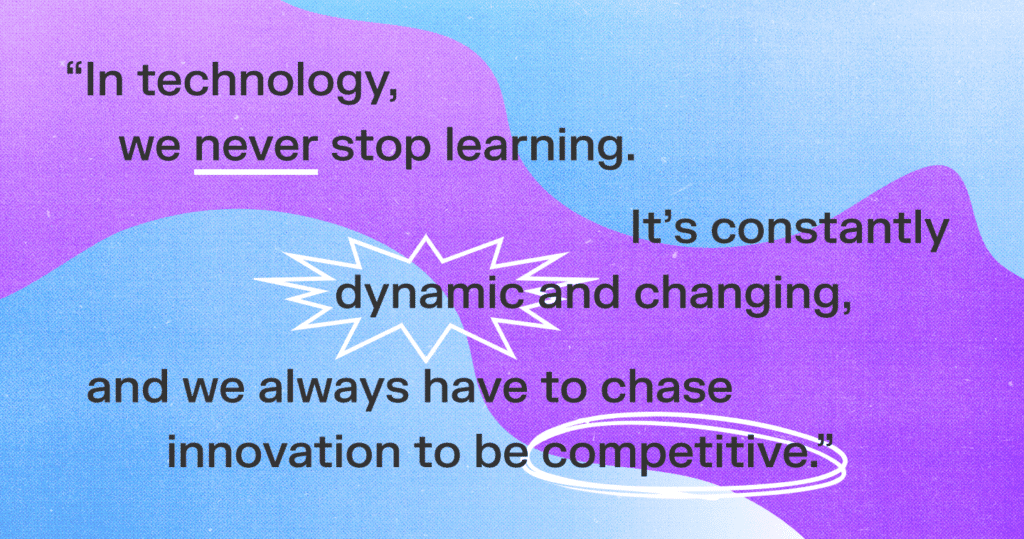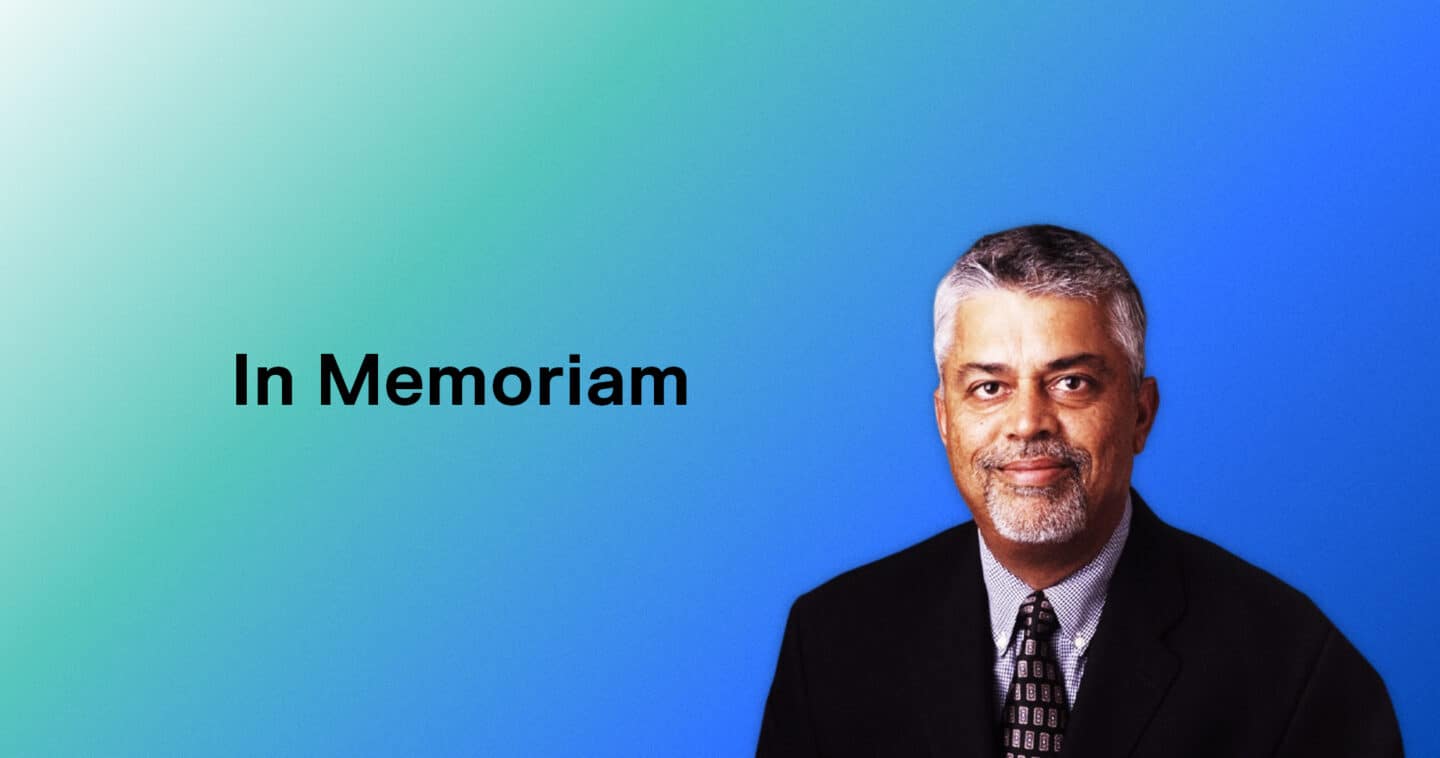How Hooi Bin Lim Chases What’s Next
As director of packaging engineering within Western Digital’s global operations, Hooi Bin Lim operates on a scale of microns or, as she describes, technologies as thin as sheets of paper.
An innovator driven to uncover what’s next, Lim is responsible for development and qualification of System-in-a-Package (SiP). A SiP is a component inside a storage device containing the memory dies, the unit housing the NAND planes, blocks, and individual cells.
In each SiP component, memory dies are stacked on top of each other, connected by thin electrical wires, to form an enclosed unit. Once the SiP component is complete, it is ready to move into assembly, where it will be integrated into a variety of products, from microSDs and USBs for retail consumers to SSDs for enterprise customers.
Lim joined Western Digital in 2018 in search of a new challenge after working for several years in the LCD, OLED display, and LED package industry. “I wanted to explore a different technology,” she said.
Diving into the world of memory die packaging, Lim marveled at the work that went into building Western Digital’s storage solutions. “We can do packaging, assembling, and processing on these die stacks with paper-like thickness. This type of technology amazed me.”
From wafer to encapsulation
Lim currently leads a team of engineers who investigate new package development and ways to improve quality and yield.
She described how the manufacturing process for SiP begins with wafers from Western Digital’s flash fabrication factories. “We grind the backside of the wafer to the desired thickness that we want for the die stack,” said Lim.
Memory dies can possess different storage capacities and be stacked in various configurations.
Lim explained that “certain customers need higher storage capacity, so we go for a higher die stack. [Yet] we maintain the same package thickness. If we want to go for a higher die stack, we have to grind the die thinner to fit it in the same package height.” However, as wafers become thinner, more quality and technological challenges emerge.
The die stack then undergoes a series of complex packaging processing steps, including die attach, wire bonding and molding.
During these steps, it is Lim’s job to ensure quality output while optimizing yield. “To manage this process is very challenging,” said Lim. “[It is] very high speed. We have a certain target unit per hour.”

When operating at such a level, Lim emphasized, “We have to handle with care.” She shared an example of the intricacy of this work during the wire bonding step. “We have to control the force that is incurred on the unit because it’s a very thin die. We also have to [apply] a certain force and pressure in order to have good bonding.”
In addition, this process must take place in a clean environment. “With encapsulation, we cannot have any particles or contamination,” said Lim.
Encountering unknowns
For the past 20 years, Lim has crafted her career in the technology space. Her profession continues to energize her to this day. She shared how the journey to her career began with some uncertainty.
Based in Malaysia, Lim attended Michigan State University to initially study computer science. “I found out that I didn’t like software programming so much,” she said. Changing her major to electrical engineering, she discovered her passion and talent for the field.
After graduating, Lim encountered another unknown as she transitioned from a school setting to a work environment. “I did not know whether I could apply what I learned in college to industry,” she explained.
Lim landed her first job as a photolithography process engineer in Michigan. Her worries soon faded away as she gained an understanding of the assembly process from start to finish. She even tried her hand at patent filing, although, she noted, “It was not successful at that time.”
“I got to see the real application [of my learnings],” said Lim of her first industry experience.
After three years, she returned to Malaysia, working as a process engineer. With her knack for problem-solving, she saw success as an inventor, authoring several patents in the area of OLED devices. Lim quickly took on leadership positions.
Shifting from a technical role to a management role was a new venture for Lim. She read book after book to home in the qualities of a good leader. Ultimately, the approach that resonated the most for Lim centered on people. “We have to move from task-focus to people-focus,” she said.
Invention and innovation
Since joining Western Digital, Lim has been on a mission to promote a culture of innovation. She has participated in Invention Review Board panels, organized workshops for colleagues in Malaysia, and even led a recent Innovation Summit.
Lim acknowledged that turning an idea into a patentable innovation may appear at first to be a daunting task. “When [you] look at a very far-reaching mission, you would think that it is not possible,” said Lim. “How to make the impossible become possible? Start small.”
She recommended beginning with familiar problems that one may face during daily work. “Think about what can be done differently day-by-day,” suggested Lim. “If [you] can find a different way, then it’s a start to unleash the thinking for innovation.”
Guided by a belief that anything is possible, Lim tackles technical challenges with a zest to learn and grow her knowledge. “Always challenge the status quo, be forward-looking to come up with new ideas and novel approaches to problems,” advised Lim. “It is about being creative and flexible.”
During her time with the company, Lim has found such opportunities to explore and expand her perspective on the industry.
“I think, in technology, we never stop learning. It’s constantly dynamic and changing, and we always have to chase [innovation] to be competitive,” said Lim.




